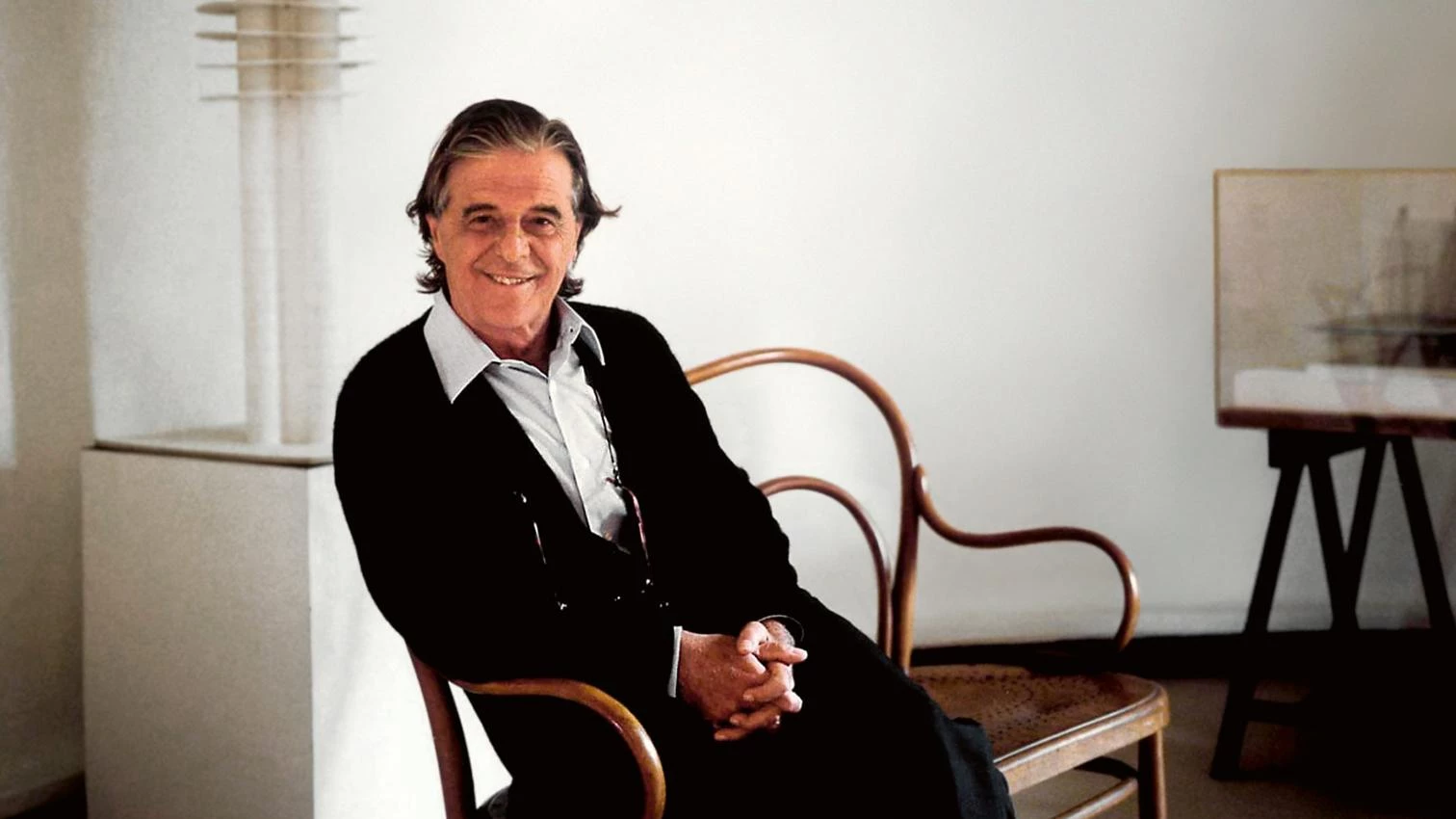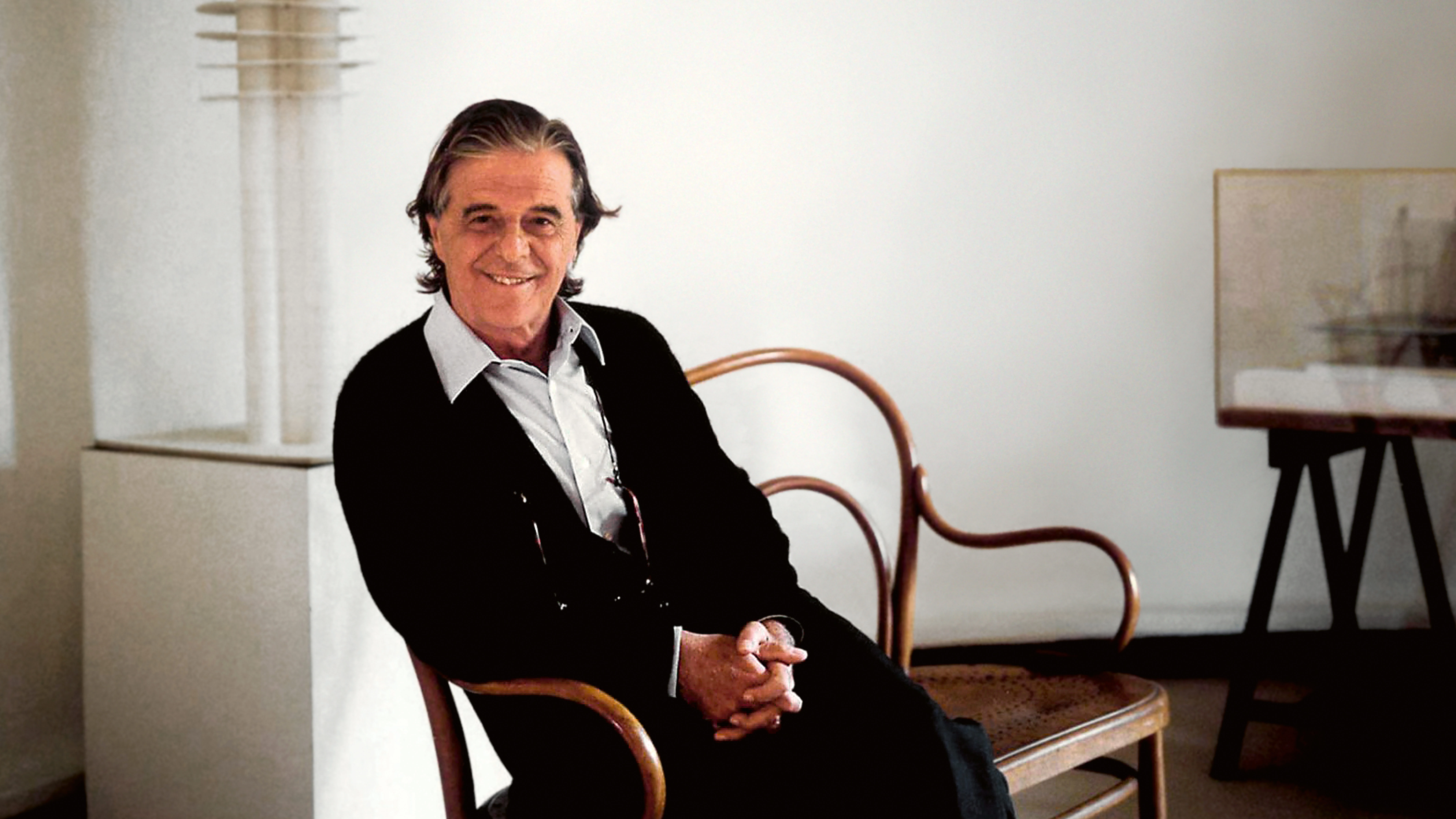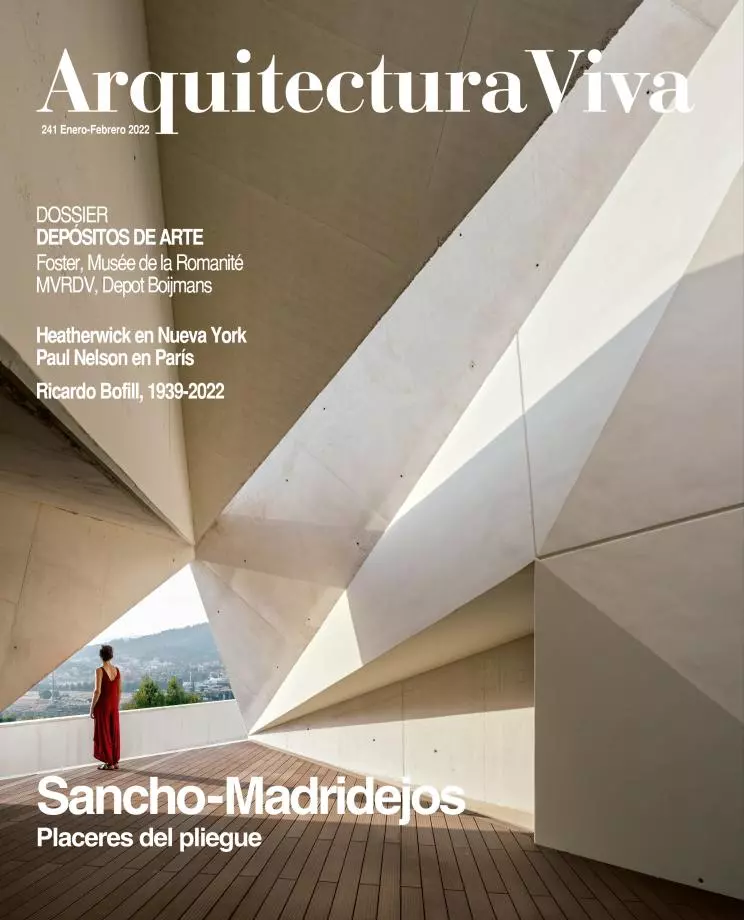
The passing of Ricardo Bofill on 14 January ends a journey of creativity and charisma. His death in the Barcelona of his 1939 birth, owing to a kidney cancer complicated by Covid-19, adds a fatal date to the architecture dictionaries and histories he had figured in for decades – his utopian schemes of the 1970s and his classicist works of the 1980s were in equal measure references to include in any chronicle of the 20th century. Precocious and prolific, he leaves a multitude of projects scattered around the world, but will perhaps be best remembered for his social housing developments, from the unbuilt City in Space for Madrid and Walden 7 in Barcelona to the urban schemes in French villes nouvelles and cities like Montpellier or Paris, where geometric invention, technical innovation, and a taste for the monumental came together. He was not always loved by his colleagues; although I addressed his work several times starting 1988, when he celebrated his 25 years of professional practice, there was no direct relationship with him until the last decade of his life, perhaps a good time for stocktaking.
My first article that focused on his figure described him as ‘Bofill Superstar,’ for he was exactly that: the architect’s persona overshined his works, which nevertheless demonstrated an experimental continuity and formal consistency not easily detectable behind linguistic mutations. Bofill considered himself ‘Cartesian and paradoxical,’ two adjectives as well fitted to the modular rigor of the oneiric projects as to the prefabricated discipline of his ‘Versailles for the people,’ but perhaps his talent shone through even better when he called himself a ‘scriptwriter of architecture,’ given that his dazzling, communicative intelligence knew how to make every work a story, from the propositional audacity of the early sketches to the popularization of every building raised with an evocative name. In the 1990s, I presented his work in contradictory dialogue with two colleagues much unlike him in professional attitude: Oriol Bohigas, his great rival in Barcelona, using the simultaneous release of their biographies; and Rafael Moneo, whom he measured against at the Plaça de les Glòries, where the Navarrese’s laconic auditorium and the Catalan’s loquacious theater went up at the same time, a coincidence I festively summed up as the meeting of the professor and the chorus girl.
It was around then that I was made a judge in the competition for the City of Culture of Galicia, and I remember Bofill’s surprise at not getting endorsement for his academic and green proposal; in 1997 he had in a similar language formulated a project for the prolongation of Madrid’s Paseo de la Castellana, the best among the succession of schemes drawn up for this ill-fated zone, but the wind was now blowing in a different direction. Luck would be more on his side in a competition held fifteen years after the Santiago de Compostela defeat, for a huge complex in the holy city of Medina, where he made it to the finals, ex aequo, with another highly ecological and geometrical project, one which I could back without reserve. That year, 2014, not without misgivings on the part of a colleague or two, I included him in the arquia/maestros series of DVD sets on architectural masters, and the recording of our in-depth conversation was the start of a personal relationship that lasted until his death, with several long conversations in luncheons and dinners in Madrid and Barcelona, his attendance at one of my lectures, and the eventually unrealized proposal to engage him in a dialogue about his life’s journey in the auditorium of the Juan March Foundation, as I had done before with Jacques Herzog and John Elliott. In one of his mails of this period, Bofill told me he was ‘working on projects that allow me to develop a new architectural language,’ and this naive, proud declaration reflects well the never-ending ambition of this unique, charismatic designer.






